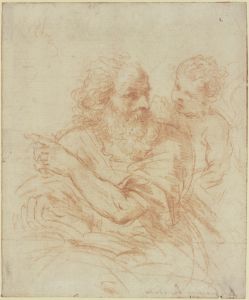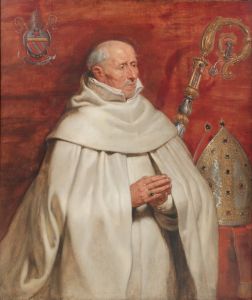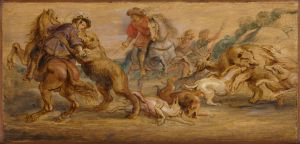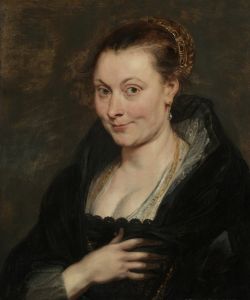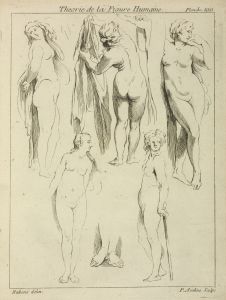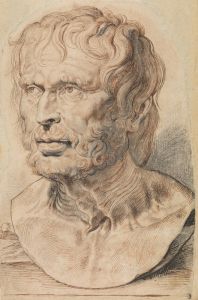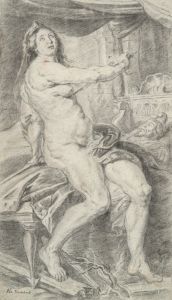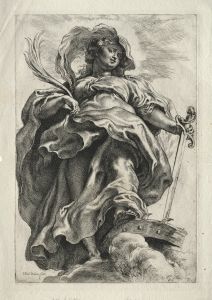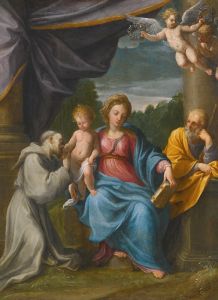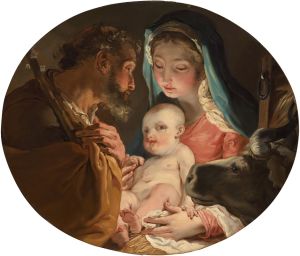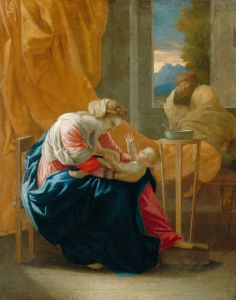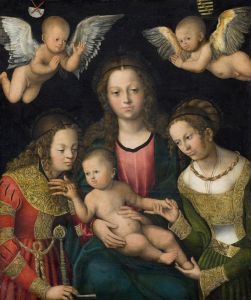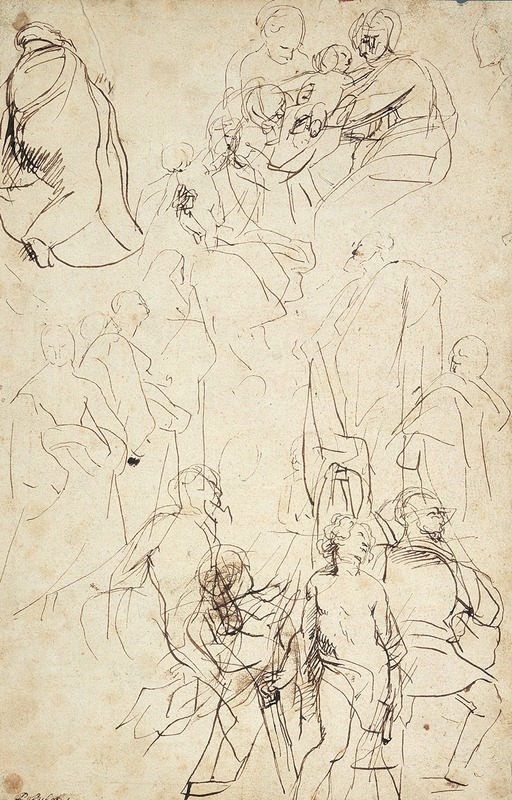
The Virgin Adored by Saints
A hand-painted replica of Peter Paul Rubens’s masterpiece The Virgin Adored by Saints, meticulously crafted by professional artists to capture the true essence of the original. Each piece is created with museum-quality canvas and rare mineral pigments, carefully painted by experienced artists with delicate brushstrokes and rich, layered colors to perfectly recreate the texture of the original artwork. Unlike machine-printed reproductions, this hand-painted version brings the painting to life, infused with the artist’s emotions and skill in every stroke. Whether for personal collection or home decoration, it instantly elevates the artistic atmosphere of any space.
Peter Paul Rubens, a prolific Flemish Baroque painter, is renowned for his dynamic compositions, vibrant color palette, and grandiose style. Among his extensive oeuvre, "The Virgin Adored by Saints" stands as a testament to his mastery in religious art, a genre that Rubens frequently explored throughout his career.
"The Virgin Adored by Saints" is a painting that exemplifies Rubens' ability to convey religious themes with emotional depth and dramatic intensity. The artwork depicts the Virgin Mary, a central figure in Christian iconography, surrounded by a group of saints who are engaged in adoration. This composition is typical of Rubens' work, where he often portrayed religious figures with a sense of movement and vitality, capturing the viewer's attention and evoking a sense of reverence.
Rubens' depiction of the Virgin Mary is characterized by his use of rich colors and intricate details. The Virgin is often portrayed with a serene expression, embodying purity and grace, which are central themes in Marian iconography. The surrounding saints are depicted with individualized features, showcasing Rubens' skill in rendering human expressions and emotions. Each saint is engaged in a gesture of adoration, emphasizing their devotion and reverence towards the Virgin.
The composition of "The Virgin Adored by Saints" reflects Rubens' understanding of spatial dynamics and his ability to create a harmonious balance between the figures. The use of light and shadow in the painting enhances the three-dimensionality of the figures, a technique that Rubens mastered through his study of Italian Renaissance art, particularly the works of Caravaggio and Titian. This chiaroscuro effect adds depth to the painting, drawing the viewer's eye towards the central figure of the Virgin.
Rubens' influence from the Italian Renaissance is evident not only in his use of light but also in his compositional techniques. He often employed a pyramidal structure in his paintings, which can be seen in "The Virgin Adored by Saints," where the Virgin forms the apex of the composition. This structure guides the viewer's gaze upwards, reinforcing the spiritual significance of the scene.
The painting also reflects Rubens' ability to blend realism with idealism. While the figures are depicted with realistic anatomical accuracy, they are also idealized, embodying the spiritual and divine qualities associated with religious figures. This balance between realism and idealism is a hallmark of Rubens' style and contributes to the enduring appeal of his religious works.
"The Virgin Adored by Saints" is a prime example of Rubens' contribution to Baroque art, characterized by its emotional intensity, dynamic compositions, and vivid use of color. His ability to convey complex religious themes with clarity and impact made him one of the most sought-after artists of his time, and his works continue to be celebrated for their artistic and historical significance.
In summary, "The Virgin Adored by Saints" by Peter Paul Rubens is a masterpiece that encapsulates the artist's skill in portraying religious subjects with a blend of realism, idealism, and emotional depth. Through his expert use of composition, color, and light, Rubens creates a powerful visual narrative that continues to resonate with audiences today.





